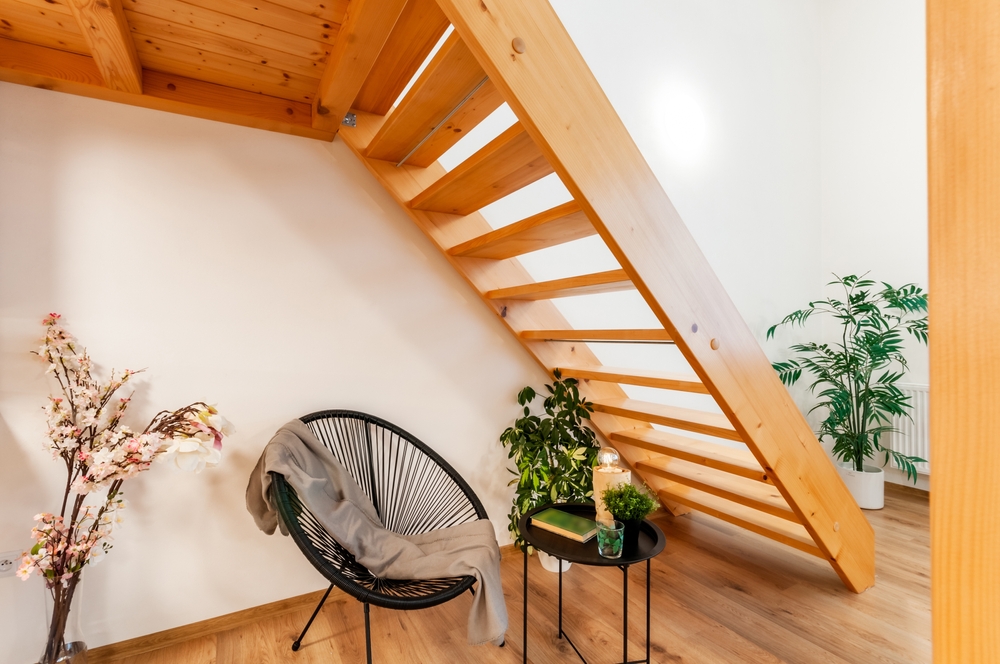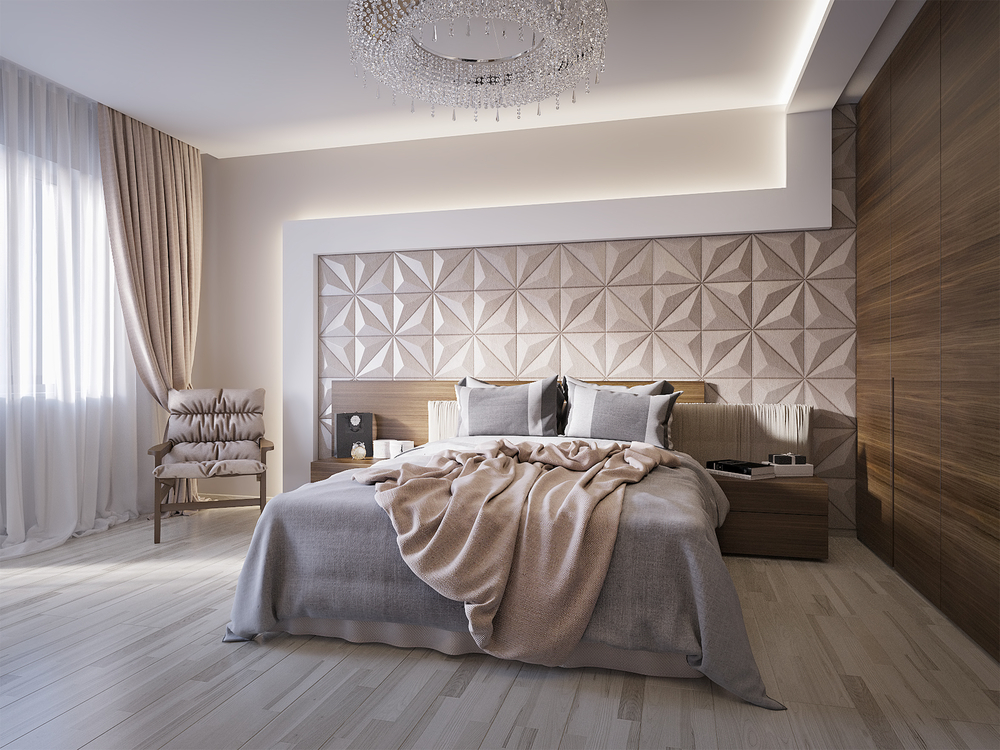With searches for “interior design trends 2024” up by 124%, many of us will be looking to inject a new lease of life into our homes this summer.
Whether you are debating between different trends or perhaps struggling to agree on interior styles with your partner or housemates, design choices can be divisive. That is where the experts at furn can help, revealing their tips on creating a space that feels on-trends and luxurious.
Chopping cushions
Suzi Samaddar, room styling expert at furn shares: “With Google searches for chopped cushions up 125% YoY, fans of the chopped pillow argue that it brings a sophisticated and tailored look to a space.
“When executed well, chopped pillows can create a polished, structured look of a hotel room. The chopped look can work on both bed and sofa pillows and the technique is a simple way to make a bedroom feel instantly elevated and luxurious. If your pillows have tassels or tufts, chopping your cushions can add another layer of visual interest to your decor.

“However, whilst chopped cushions aren’t necessarily out of style, we are seeing people move away from the crisp and polished look and instead opt for a more playful approach to styling. As an alternative, you can look to create dimensional interest with contrasting colours and different pillow sizes.”
Number of cushions on beds and sofas
Suzi shares: “Whether you go all-out maximalist or stick to a more subtle arrangement it’s entirely up to you. The only rule to keep in mind is that bigger cushions should be placed at the back, and the smallest at the front. This will create a smooth and balanced cascading effect, and your pillow collection will appear in perfectly positioned harmony.
“Often cushion arrangements on the bed can have the biggest impact when things are kept minimal. For a double bed, I recommend starting with two sleeping pillows stacked on either side of your bed against the headboard. Then introduce two large decorative cushions in front by propping them against your pillow sleeping stacks.”
Suzi adds: “It may seem like a small detail, but the number of cushions you have on your sofa can have a big impact. Too many, and it becomes overwhelming (and awkward to sit on) – too little, and it can leave your sofa feeling bare and uncomfortable.

“If you have a two-seater sofa, then two to three cushions are ample – this will give your sofa a comfy, cosy feel without going overboard. For a three-seater sofa, we’d recommend four to five cushions. Just remember that the size of your cushions will also play a big role in how many you should use too.”
Incorporate colours and textures
“When it comes to colours and textures, you should consider the colour scheme of your room. For example, if you have a more neutral colour palette then you may want to select cushions in a bold colour or pattern to add visual interest.
“If your living room is already quite colourful, pick out accent colours within your wallpaper or other accessories for a cohesive feel. Also, consider the textures you have going on. If they’re all one style it can look quite ‘samey’ – for a three-seater sofa try blending two or three textures to create a more high-end look.
“Textures such as muslin and tufting will work together beautifully in summer as they are contrasting, light cotton textures. Don’t be afraid to switch up your cushions with the seasons, or even opt for reversible choices – in the summer you may want lighter textures and brighter colours, whilst in the winter you can opt for cosy textures with deeper hues.”
Expert tips for solving design disputes:
- Create spaces with personal touches
Suzi shares: “Personal spaces within a shared home are crucial to allow for individual expression. Whether it’s a dedicated personalised office space or a walk-in dressing room, having your own space filled with personal touches allows individuals the freedom to decorate entirely as they please.

“When it comes to shared spaces such as the bedroom, neutrality can often benefit these rooms, as it will create a sense of shared ownership and belonging.”
- Compromising is key
Suzi explains: Compromise doesn’t mean settling for something you don’t like, but it does mean finding a way to incorporate everyone’s ideas and preferences when it comes to interiors.
“One of the best ways to do this is to play to individual strengths. One person may be more practically minded and should lead on the function and flow of the space. Meanwhile, others may be more ambitious with design choices and enjoy focusing on deciding colours and finishing touches.
- Learn about each other’s tastes
Suzi adds: “Ultimately, when navigating different tastes this is the perfect opportunity to learn about one another’s preferences. For example, someone may prefer modern, more neutral designs, whereas someone else may love bright pops of colour. It’s important to be open when it comes to bringing together a blend of styles. Remember, the goal is the same for everyone: to create a comfortable home where you can enjoy spending quality time.





